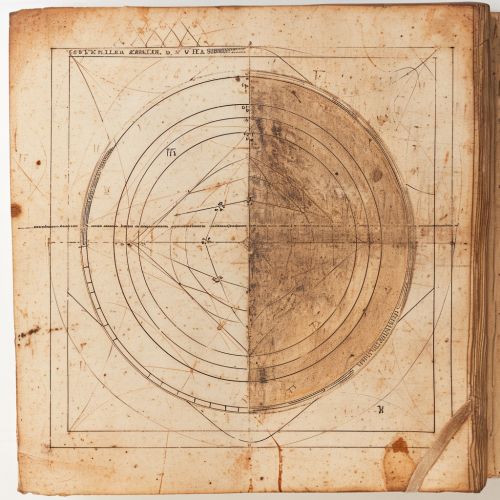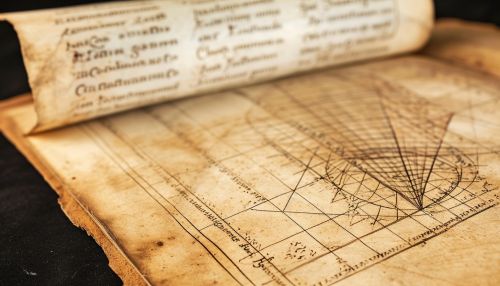Euclidean geometry
Introduction
Euclidean geometry is a mathematical system attributed to the Alexandrian Greek mathematician Euclid, which he described in his textbook on geometry: the Elements. Euclid's method consists in assuming a small set of intuitively appealing axioms, and deducing many other propositions (theorems) from these.
History


Euclidean geometry is named after Euclid, a Greek mathematician who lived in Alexandria around 300 BC. His work, Elements, is one of the most influential works in the history of mathematics, serving as the main textbook for teaching mathematics (especially geometry) from the time of its publication until the late 19th or early 20th century.
Axioms
Euclidean geometry is based on five postulates, also known as axioms. These are assumptions that are evident without proof, and they form the foundation upon which all theorems of Euclidean geometry are built.
1. A straight line segment can be drawn joining any two points. 2. Any straight line segment can be extended indefinitely in a straight line. 3. Given any straight line segment, a circle can be drawn having the segment as radius and one endpoint as center. 4. All right angles are congruent. 5. If two lines are drawn which intersect a third in such a way that the sum of the inner angles on one side is less than two right angles, then the two lines inevitably must intersect each other on that side if extended far enough.
Elements of Euclidean Geometry
The basic elements of Euclidean geometry are points, lines, and planes. These are the "undefined terms" of geometry because they are so basic and fundamental that we cannot define them in terms of other words.
Points
In Euclidean geometry, a point is a location. It has no size, only position. A point is typically represented by a dot.
Lines
A line is a straight one-dimensional figure that extends infinitely in both directions. It is often described as the shortest distance between any two points.
Planes
A plane is a flat, two-dimensional surface that extends infinitely far. A plane is determined by three points not in a line.
Theorems
Euclidean geometry is rich in theorems, which are statements that have been proven to be true based on the axioms of Euclidean geometry and previously established theorems. Some of the most important theorems in Euclidean geometry include:
- The Pythagorean theorem: In a right-angled triangle, the square of the length of the hypotenuse (the side opposite the right angle) is equal to the sum of the squares of the lengths of the other two sides. This can be written as a^2 + b^2 = c^2. - The area of a triangle is half the product of the lengths of two sides times the sine of the included angle. - The angles of a triangle add up to 180 degrees.
Non-Euclidean Geometry
In the 19th century, the understanding of geometry was extended by the development of non-Euclidean geometry. These geometries, including hyperbolic and elliptic geometry, reject one of Euclid's axioms, and have different properties. For example, in hyperbolic geometry, the angles of a triangle add up to less than 180 degrees.
Applications
Euclidean geometry has many practical applications. It is used in fields such as physics, engineering, and computer science. For example, in computer graphics, Euclidean geometry is used to create realistic three-dimensional models.
See Also
- Non-Euclidean Geometry - Pythagorean Theorem - Elements (Euclid)
